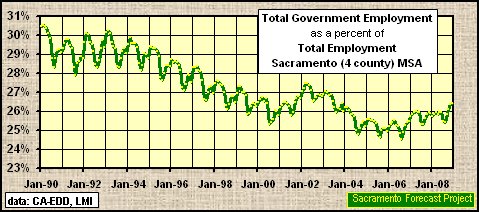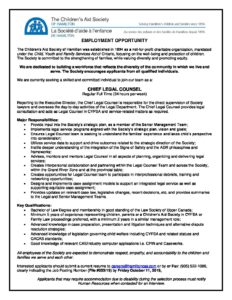The U.S. Supreme Court heard oral arguments in four cases last week. The most high-profile case, Andy Warhol Foundation for the Visual Arts v. Goldsmith, will determine whether Andy Warhol infringed photographer Lynn Goldsmith’s copyright when Warhol used Goldsmith’s images of the musician Prince to create a series of silkscreens featuring the artist.
In deciding the case, the justices are expected to clarify when a work of art should be considered “transformative” for purposes of fair use under the Copyright Act. The Court previously held in Campbell v. Acuff-Rose Music, 510 U.S. 569 (1994), that a work is “transformative” if it “adds something new” by “altering [the source material] with new expression, meaning, or message.”
The Second Circuit concluded that the Prince Series was not “transformative” within the meaning of the first factor of the fair use doctrine. “[T]he Prince Series retains the essential elements of its source material, and Warhol’s modifications serve chiefly to magnify some elements of that material and minimize others,” the court wrote. “While the cumulative effect of those alterations may change the Goldsmith Photograph in ways that give a different impression of its subject, the Goldsmith Photograph remains the recognizable foundation upon which the Prince Series is built.”
In granting certiorari, the Supreme Court agreed to consider the following question: “Whether a work of art is ‘transformative’ when it conveys a different meaning or message from its source material (as this Court, the Ninth Circuit, and other courts of appeals have held), or whether a court is forbidden from considering the meaning of the accused work where it ‘recognizably deriv[es] from’ its source material (as the Second Circuit has held).”
Below is a brief summary of the three other cases before the Court:
National Pork Producers Council v. Ross: The case challenges the constitutionality of California’s Proposition 12, an animal welfare law regulating the pork industry. The justices will decide the following issues: “(1) Whether allegations that a state law has dramatic economic effects largely outside of the state and requires pervasive changes to an integrated nationwide industry state a violation of the dormant commerce clause, or whether the extraterritoriality principle described in the Supreme Court’s decisions is now a dead letter; and (2) whether such allegations, concerning a law that is based solely on preferences regarding out-of-state housing of farm animals, state a claim underPike v. Bruce Church, Inc.”
Reed v. Goertz: The case will determine whether a death row inmate missed the deadline for seeking DNA testing of crime-scene evidence in a civil rights action under 42 U.S.C.§ 1983. The specific question presented is whether the statute of limitations for a § 1983 claim seeking DNA testing of crime-scene evidence begins to run at the end of state-court litigation denying DNA testing, including any appeals (as the Eleventh Circuit has held), or whether it begins to run at the moment the state trial court denies DNA testing, despite any subsequent appeal (as the Fifth Circuit, joining the Seventh Circuit, held below).
Helix Energy Solutions Group, Inc. v. Hewitt: The wage and hour case seeks to resolve a circuit split over when highly compensated “executive, administrative, or professional” employeesmay be entitled to overtime pay. The justices must decide “whether a supervisor making over $200,000 each year is entitled to overtime pay because the standalone regulatory exemption set forth in29 C.F.R. § 541.601remains subject to the detailed requirements of29 C.F.R. § 541.604when determining whether highly compensated supervisors are exempt from the Fair Labor Standards Act’s overtime-pay requirements.”
Decisions in all of the cases are expected before the Court’s term concludes in June 2023.





More Stories
The Economy is Doing Fine, for the Time Being
Cochise County’s Bottom-Up Election-Denial Strategy
Is this how we’ll watch the next World Cup? | Science & Tech News